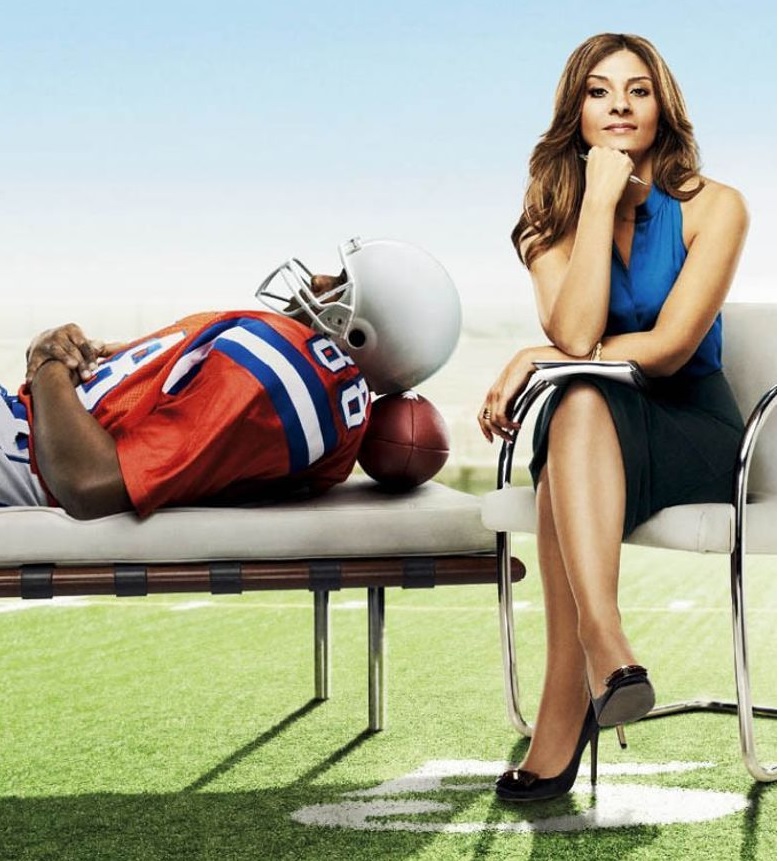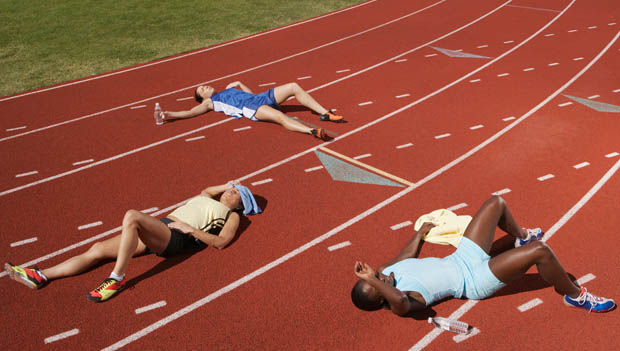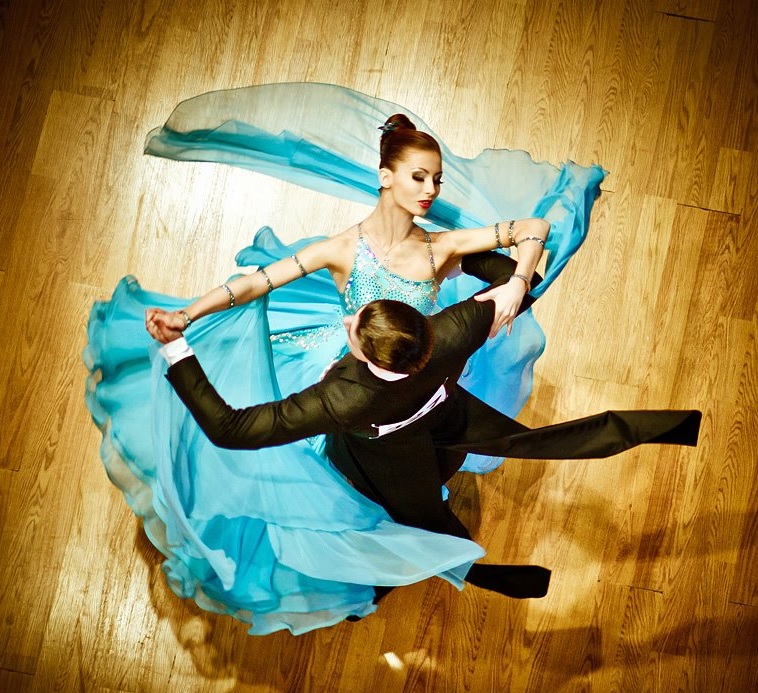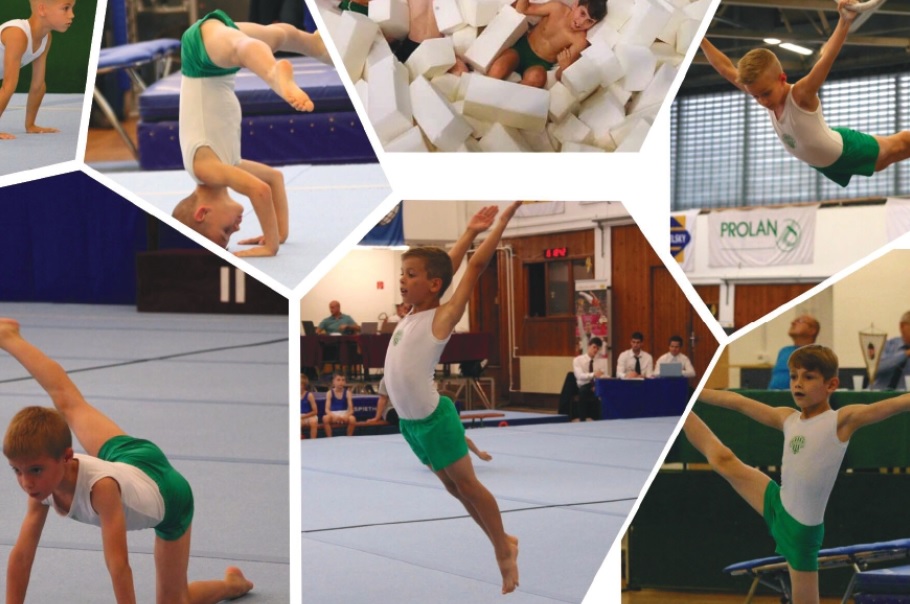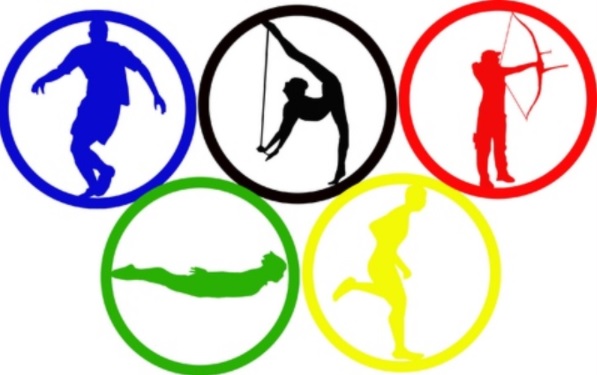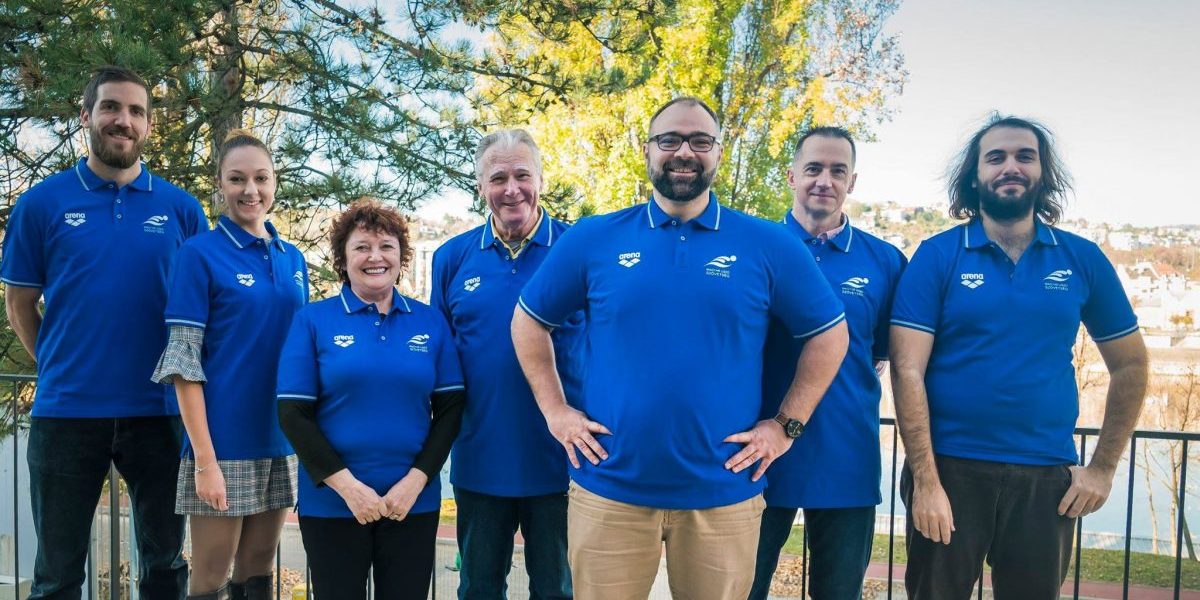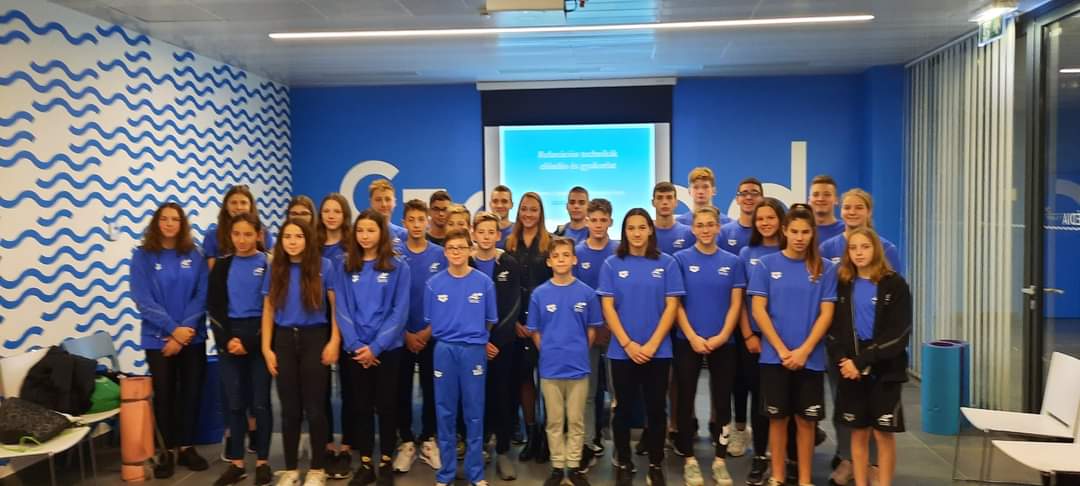Letölthető anyagok
Psychometric properties of the Hungarian adaptation of the Sport Motivation
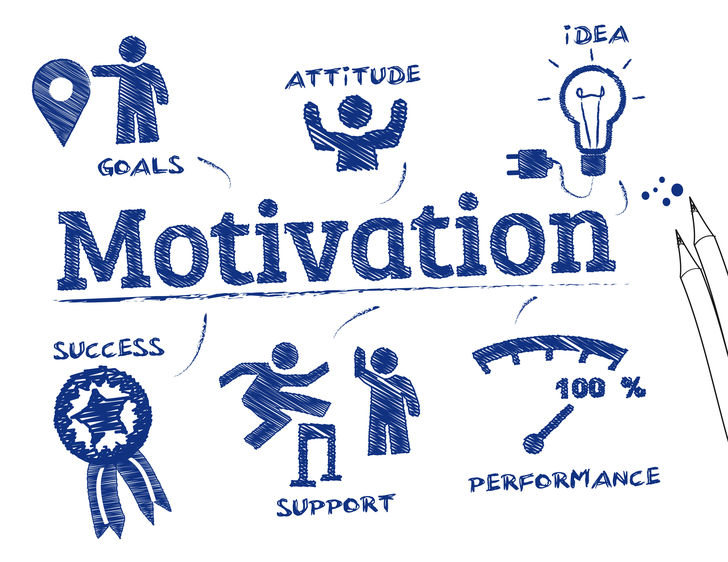
Current research on sport motivation mostly focuses on the
Self-Determination Theory, which has brought a qualitatively
novel approach in the field by making a distinction between six
types of motivation. The present study tested the reliability
and validity of the Hungarian adaptation of the Sport Motivation
Scale II (SMS-II) with a large sample of athletes. The
assessment of the psychometric properties focused on the factor
structure, construct validity and convergent validity of the
Hungarian version. The sample included 1197 Hungarian athletes
aged 11 to 67 years, who engaged in more than 50 different
sports. The test battery comprised the Hungarian adaptations of
the SMS-II, the Satisfaction With Life Scale (SWLS-H), the
Rosenberg Self-Esteem Scale (RSES), the Competitive State
Anxiety Inventory 2 (CSAI-2), and the Flow State Questionnaire
(PPL-FSQ). Considering that each subscale of the SMS-II consists
of only three items, all subscales showed acceptable internal
consistency. A confirmatory factor analysis revealed that the
original sixfactor model showed the best fit with the data. All
fit indices obtained for this model fell within the acceptable
range. The examination of construct validity revealed the
expected simplex pattern of the subscales, while the
associations between the SMS-II and the measures used to test
convergent validity were consistent with those obtained in
previous studies. The Hungarian version of the SMS-II provides a
reliable and valid measure of sport motivation based on the
Self-Determination Theory. The only inconsistency between the
observed data and the theoretical model was that intrinsic
motivation did not show a closer association with integrated
regulation than with identified regulation, which finding is
probably related to the contents of the involved subscales. A
possible future direction of construct validity analysis and
improvement may be focused on content refinement. Specifically,
the construct validity of the Hungarian SMS-II could possibly be
improved by completing the items assessing intrinsic motivation
with references to the positive experience directly related to
the activity itself.
A comparative analysis of national Olympic swimming team members’ and para-swimming team members’ psychological profiles
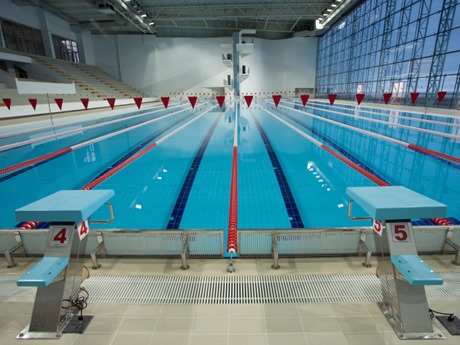
Being an elite Para-athlete requires coping with unique
challenges beyond those posed by performance improvement. In the
current study, we aimed to reveal possible differences in
various psychological profiles between elite Para-swimmers (n =
18) and able-bodied swimmers (n = 35) competing at Olympic level
to identify the yet unknown psychological drawbacks of being a
disabled elite swimmer. An additional aim was to explore
possible gender differences and differences between successful
and less successful swimmers too. Using several measurements, we
assessed 10 sports-related psychological constructs: cognitive
anxiety, self-confidence, somatic anxiety, coping with
adversity, peaking under pressure, goal setting/mental
preparation, concentration, freedom from worry,
self-confidence/achievement motivation, and coachability.
Able-bodied swimmers scored lower on somatic anxiety and higher
on self-confidence, freedom from worry, and
self-confidence/achievement motivation than Paralympics
swimmers. When the tests were repeated separately for men and
women, the results remained unchanged for women, whereas
able-bodied male athletes only scored significantly higher than
male Para-swimmers on self-confidence and freedom from worry.
Furthermore, medal winning athletes, in the overall sample
exhibited less cognitive and somatic anxiety than those ranking
fourth or lower at the Olympic Games. Para-swimmers with
different levels of disability did not differ from each other in
any of the measures. The findings show that Para-swimmers
experience psychological disadvantages in contrast to
able-bodied swimmers that should be addressed in their training
regimen.
Age-related differences in motivational climate and extrinsic-intrinsic motivational factors among members of the Hungarian national wrestling teams
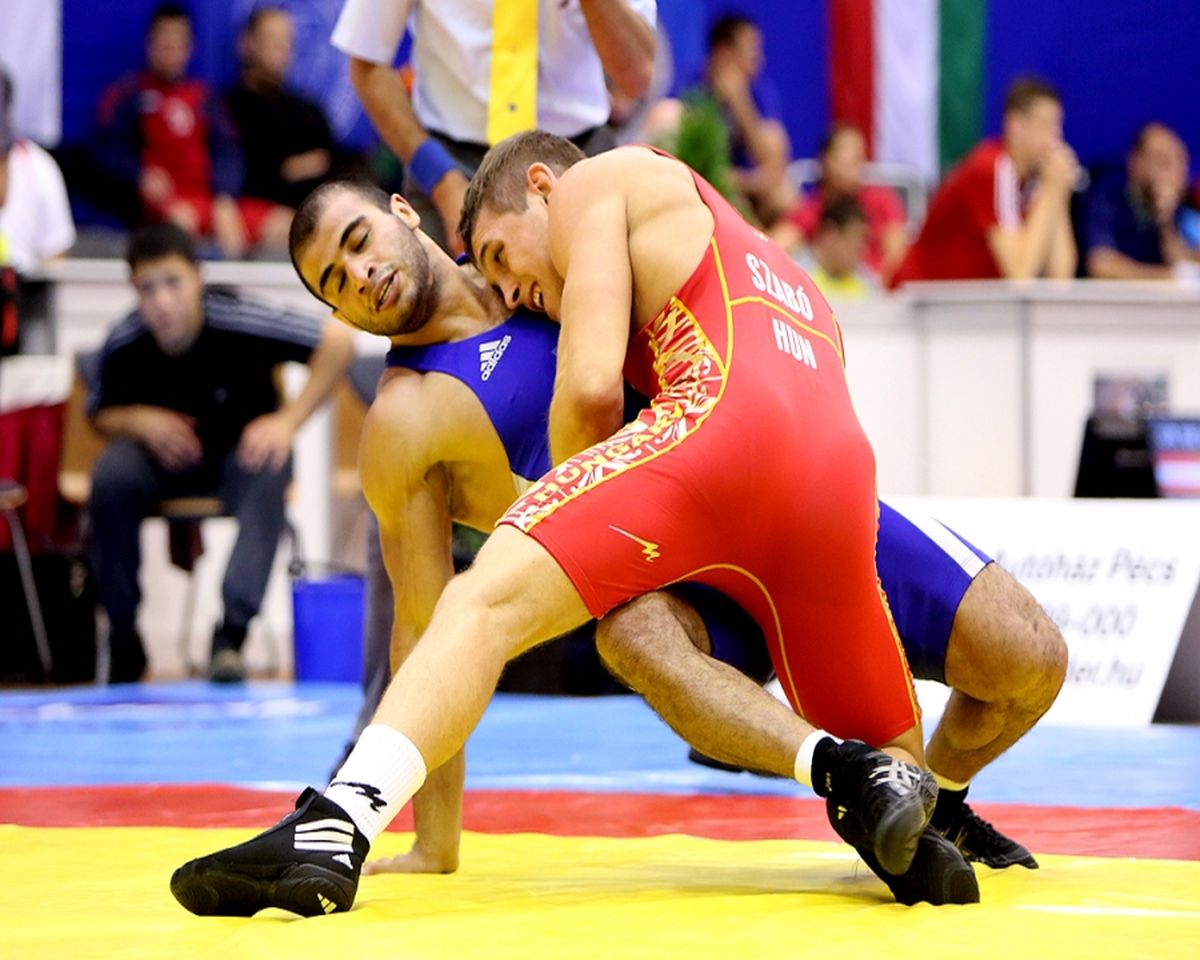
In sport psychology, research regarding athletes’ motivation and
perceived motivational climate is becoming more and more
popular. The major aim of the present study was to investigate
whether sport motivation and the perceived motivational climate
of the members of the Hungarian national wrestling team varried
depending on the age-group of the wrestlers. Our results
indicated that Amotivation presented a descending pattern with
age, the youngest players (10-19 years old) attaining highest
levels of Amotivation, while the 19-25 years-old agegroup the
lowest. Although Amotivation increased somewhat in the 25-28
years old age group, this increase was not significant.
Regarding the use of external regulation factors, our findings
showed that the youngest age group (10-19 years old) relied
significantly more on these mechanisms. Consequently, our
findings suggest that the youngest wrestlers are more prone to
lose their motivation and rely on extrinsic regulation factors
in order to be motivated. These aspects have practical
importance as a supportive attitude shown by coaches may meet
athletes’ basic psychological needs specific for their age, thus
increasing their motivation for preparation and competition.
Sport motivation and perceived motivational climate among members of a national para-swimming team
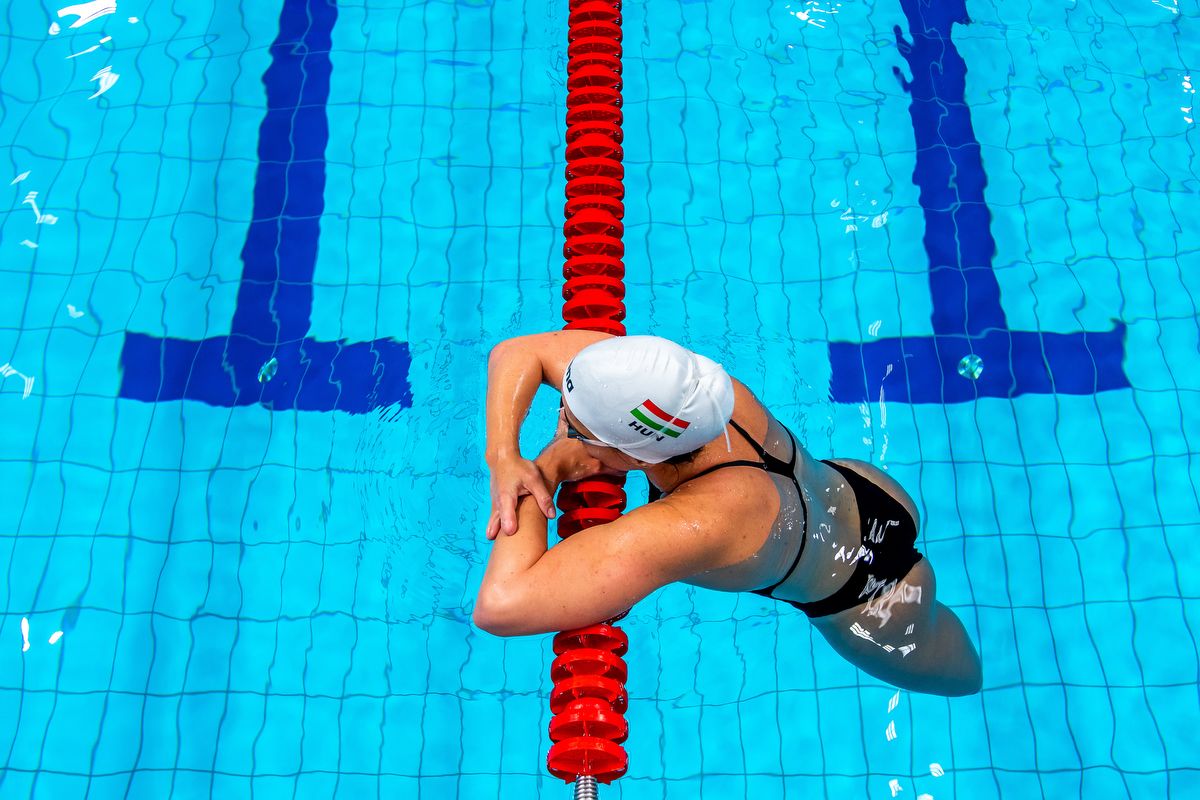
Swimming is one of the most popular sport domains due to its
beneficial physiological effects in both typical and disabled
individuals. However, although they are just as successful as
their non-disabled counterparts, little is known about what
motivates disabled swimmers. This study aimed to reveal the
sport motivation and perceived motivational climate of these
swimmers in comparison with similar data obtained from
non-disabled swimmers. The sample included 18 members of the
Hungarian national para-swimming team (Mage = 26.33 years, SD =
10.81), admitted to the 2016 IPC Swimming European Open
Championships in Funchal, Portugal. Findings showed that
athletes scored high on both intrinsic and extrinsic motivation,
while also reporting a more task-oriented climate compared to
the Hungarian average. Compared to men, women reported having
environmental support for effort/ improvement to a higher
degree, while men scored higher for intra-team member rivalry.
Importantly, compared to their non-disabled counterparts,
disabled swimmers reported higher levels of motivation and
scored higher on perception of an ego-oriented climate. Taken
together, our findings confirm the assumption that disabled and
non-disabled athletes show more similarities than differences,
but also point out the importance of research on the structure
of highly successful athletes’ motivations, which can provide
unique insights regarding their potential.
An exploratory analysis of recreational and competitive athletes’ superstitious habits
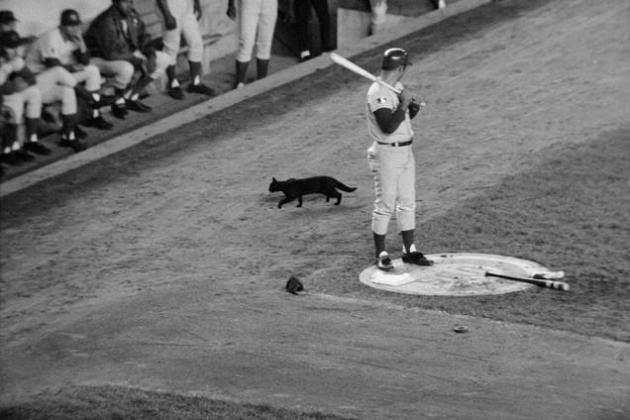
The sport’s rituals are an integral part of athletes’ life, and
they may largely contribute to their coping with uncertainty and
regaining control over competition. This study explored the
popularity, perceived effectiveness and characteristic types of
sports superstitions among 383 recreational and competitive
athletes. Furthermore, the study revealed factors underlying the
characteristics of superstitious habits. The results of the
questionnaire survey showed that 55.1% of the athletes had at
least one superstition, among which pre-match rituals proved the
most popular. Nearly 70% of superstitious athletes reported the
belief that their rituals had an influence on their performance.
The mean perceived effectiveness of rituals was 3.21 on a
5-point scale. The number of superstitions was found to be
positively related to the level of athletic activity, to the
importance of success and to the athletes’ subjective sense of
achievement. Furthermore, the type of the pursued sport also
influenced the number of superstitions: among the five sports
included in the analysis, the smallest number of rituals was
reported by athletes pursuing racket sports, while the highest
frequency was shown by handball players.

